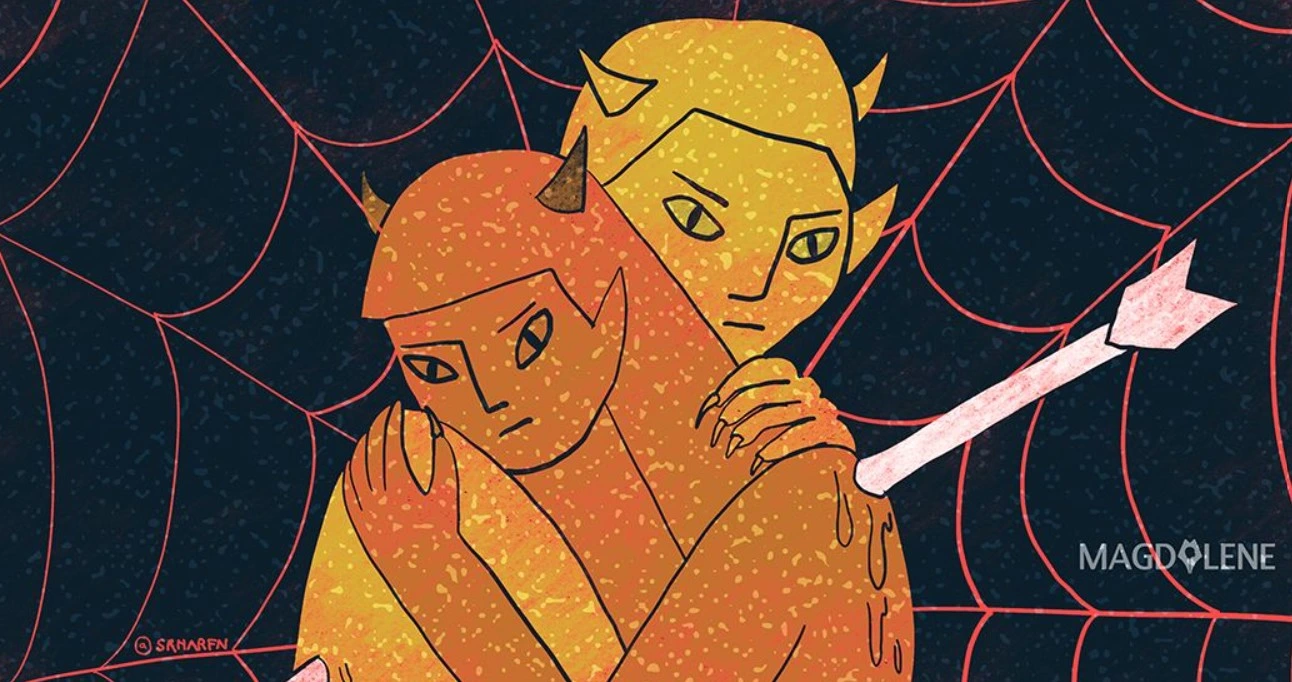Women of the Sky: How Early Female Aviators Broke Gender Stereotype

When you hear about women of the sky, what’s the first thing that pops up in your mind? Is it pretty flight attendants in their elegant uniforms, or a female pilot? You won’t be the only one if it’s the former that comes to your mind. Flight attendant is the work more conventionally associated with women in aviation business. Yet there are many female pilots who were pioneers in this male-dominated field, and most remain unknown, their achievements unacknowledged.
When I first wrote this article, I was disheartened by the fact that the only female pilots I could think of were Captain Marvel and Amelia Earhart. The former is a fictional character, and the latter is famous for disappearing in her attempt to cross the Pacific Ocean. Sometimes I wonder, whether it’s the unresolved disappearance of Amelia Earhart that made her an icon, rather than the fact that she was a highly skilled woman with astounding achievements.
A simple search can actually reveal more names, like Bessie Coleman, the first African-American woman to have a pilot license; Jacqueline Cochran, the first American woman to break the sound barrier, and many other women who achieved tremendous success in the aviation world.
Yet here is where my struggle begins, because as a woman myself, I wouldn’t want to be celebrated just because of my gender. I would want to be celebrated for my achievement, and I believe these women pilots deserve the same treatment.
Pilot first or woman first?
From 1910 until the eve of the second world war, there was a boom in female aviators, though most of them were active in sports, advertising and stunt aviation instead of commercial or even military flights from which they were banned. Certain restrictions such as the ban of women in the cockpit or the ban from acquiring commercial pilot licenses made it impossible for these women to fly a commercial plane.
This ban came from a notion that aviation activity can spoil femininity by making women promiscuous or too masculine. Of course, this outdated conception is a product of its time, when women and their femininity are automatically deemed emotional, illogical beings and suited only for being a housewife. Technical works were mostly out of the question, especially ones like being a pilot that is littered with the so-called “masculine” values of being calm, calculating and logical in doing their job. To be a pilot and to take up the masculine values pinned to this line of work would mean the corrosion of the female value.
“This means that it is hardly conceivable that a professional research pilot will be a bride, wife or mother in addition to her job. This is certainly a point that a woman should consider before starting this career as a research pilot. But maybe this is also a point that should interest the doctor, in this case the soul doctor,” German writer and director Rolf Italiaander said in 1940.
Also read: Gender Makes a World of Difference for Safety on Public Transport
If women did manage to get their license and fly a plane, the media would focus more on their expression of “emancipation” or “freedom” in the air, instead of recognizing their technical ability. Some even saw these female pilots as evidence of advanced technological development instead of their own hard-earned merit. These women had made “flying thinkable”: they fly good because the technology developed by men had allowed them to.
Sport, stunt or aerobatic aviation was the niche in women found themselves able to fly a plane. Still, the road to takeoff wasn’t easy; the market was still saturated with men. Women had to pay thrice more (3500DM for the women and a mere 1000DM for the men in 1927) to learn how to fly. Officially, this huge discrepancy was seen as a warranty, since women belong to a so-called “high risk group”. During training, these women had to withstand various discrimination from their male colleagues. Having to “act like a man” and trying to earn their place in the camaraderie meant going through every disadvantage and obstacle thrown their way with a zipped mouth.
Even after women had earned their license, keeping the occupation as a full-time pilot was expensive. Apart from the cost of maintenance, jobs were offered naturally first and foremost to men. Flying proved to be an occupation that only women from the upper class could afford. When they were up in the air, they found themselves under more pressure from the constant public judgement. Being a female pilot meant being judged not only for their performance but also for being a woman.
Elly Beinhorn, a famous German pilot, talked about her thoughts during the first leg of her flight to Africa in 1931, “At first I kept the destination a secret, because if I had bad luck on the way, about right behind Berlin, you would have laughed rightly: firstly, because of such ambitious goals, secondly, because of women flying!”
Despite the struggle and how the media perceived them, these women had proven themselves masters in their field. Not only did they possess the practical skill of flying a plane, they also had the theoretical knowledge of meteorology, physics and the mechanical skills required to comprehensively understand the whole motor and concept of flying.
Sure enough, even their success could be interpreted differently by the media, and their glorification warranted a double-edged sword. Learning about their struggle and the disadvantages they faced, it is clear that they are indeed feminist icons we all can learn a lot from, not just because of their tremendous achievement in their field, but also for rising up through and against the obstacles hurled their way for being a woman.






















